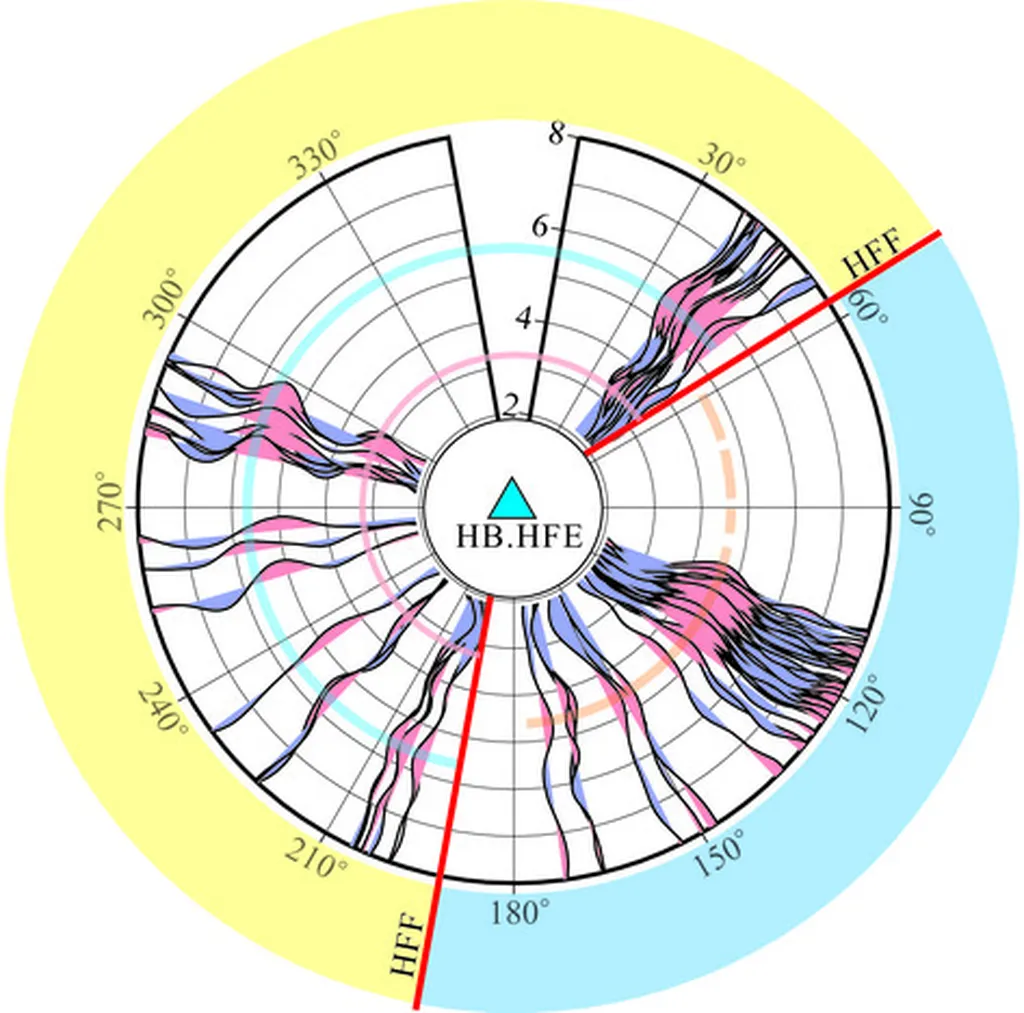In the heart of Yunnan Province, China, a critical piece of infrastructure for the energy sector is facing challenges that could have significant implications for seismic monitoring and data interpretation. The Luoci geoelectric observatory station, a vital node in the network of geoelectric monitoring stations, has been experiencing interference and changes in data characteristics, according to a recent study published in the journal ‘Advances in Earthquake Science’ (地震科学进展). The research, led by Xin Xiao from the Chuxiong Earthquake Monitoring Center Station, Yunnan Earthquake Agency, sheds light on the sources of data interference and offers solutions to improve data quality, which is crucial for accurate seismic monitoring and early warning systems.
The study identified four main sources of data interference at the Luoci station: electrode lead damage, water pump leakage in nearby hot spring operations, large-scale infrastructure construction, and rainfall. Each of these sources presents unique challenges and requires tailored solutions. For instance, electrode lead damage can be mitigated through regular maintenance and inspection, while water pump leakage and infrastructure construction activities can be managed through better coordination and communication with local operators and authorities.
“Understanding the sources of interference is the first step towards improving data quality,” said Xin Xiao, the lead author of the study. “By addressing these issues, we can enhance the reliability of our seismic monitoring systems, which is essential for public safety and infrastructure protection.”
The implications of this research extend beyond the immediate region. Geoelectric observatory stations play a crucial role in monitoring seismic activity, which is vital for the energy sector, particularly for oil, gas, and renewable energy projects. Accurate seismic data helps in assessing risks, planning infrastructure, and ensuring the safety of operations. Improved data quality can lead to more reliable seismic hazard assessments, better infrastructure planning, and more effective emergency response strategies.
The study also compared the data characteristics of the Luoci station with those of the nearby Yuanmou Julin geoelectric observatory station, identifying differences and their underlying causes. This comparative analysis provides valuable insights into the factors influencing data quality and offers a reference for other stations facing similar challenges.
“Our findings highlight the importance of continuous monitoring and maintenance of geoelectric observatory stations,” added Xin Xiao. “By implementing the recommended solutions, we can significantly improve the quality of our data and enhance our ability to monitor seismic activity accurately.”
The research published in ‘Advances in Earthquake Science’ (地震科学进展) not only addresses immediate concerns but also paves the way for future developments in the field. As the energy sector continues to expand and infrastructure projects grow in scale and complexity, the need for accurate and reliable seismic data becomes increasingly critical. This study provides a scientific basis for upgrading geoelectric observatory stations and ensuring their effectiveness in monitoring seismic activity, ultimately contributing to safer and more sustainable energy operations.

